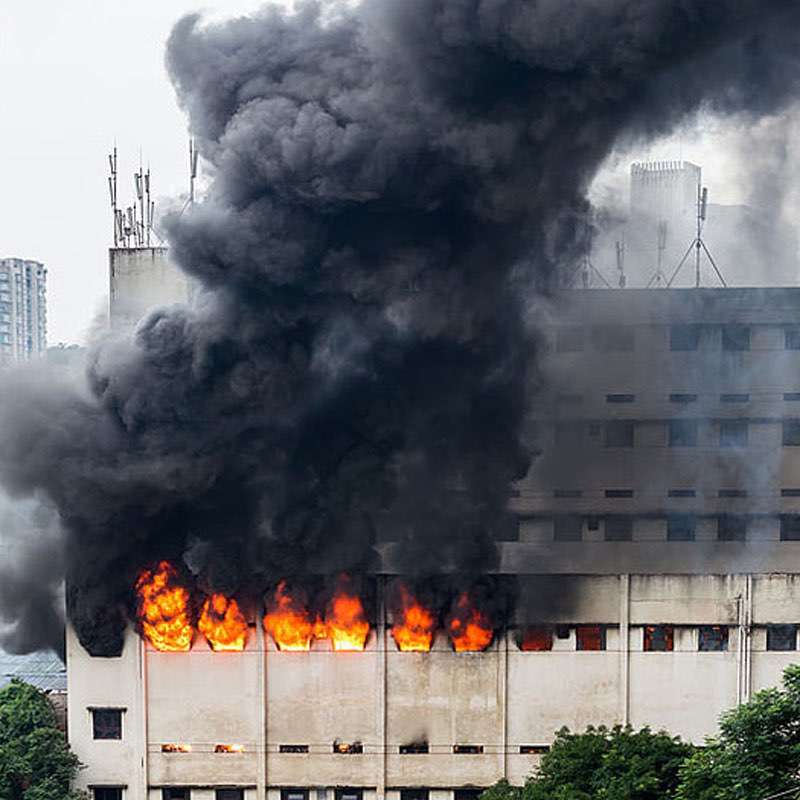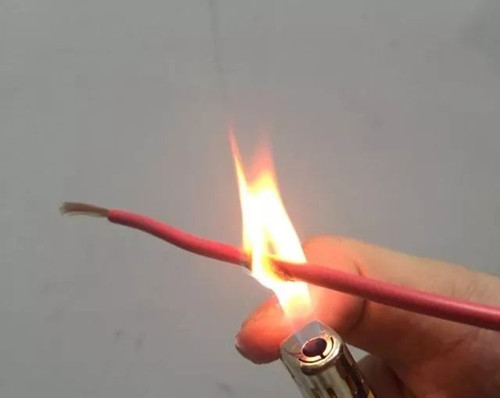 Author: Joey Wan
Author: Joey Wan  December 12,2022
December 12,2022
With the increasing popularity of social intelligence, cable routing, like the human nervous system, extends to every corner of the building. Generally, we choose wires to consider "how many cables will be used in this project", but ignore "the requirements for fire resistance and flame retardancy of cables". As a result, it is easy to cause fire and cause great losses to enterprises and individuals. So how should we choose flame retardant cables?

The insulation layer is divided into two categories: fire-resistant and flame retardant
Fire resistance refers to that when burning occurs, the cable still has the working characteristics for a certain period of time. It is mainly used in places where there is a need for fire fighting and survival, such as emergency lights in fire exits. For ordinary families, they are actually overqualified.
Flame retardancy refers to the possibility of being burnt out and unable to operate in case of fire, but may prevent the spread of flame. Generally speaking, in case of wire fire, the flame retardancy can be limited to a local range, without spreading, and can retard and delay the spread and extension of fire along the wire and cable, so as to minimize the extension of wire and cable fire, preserve other equipment, and avoid greater losses

Flame retardant materials are divided into four categories: A, B, C and D. Type A is a high grade material, usually coded ZA. Flame retardant propagation test conditions are very harsh, and the combustion event lasts for 40 minutes. Class B is medium material, code name is ZB, and the combustion time should also last for 40 minutes. The experimental conditions are also good. Class C is a low-grade material, which is coded as ZC or ZR.
The experimental conditions are general, and it only needs to burn for 20 minutes.
The above content is what JZD Cable shares for you. I hope it will be helpful to you. If you want to know more about cables, you can visit the official JZD CABLE website!
